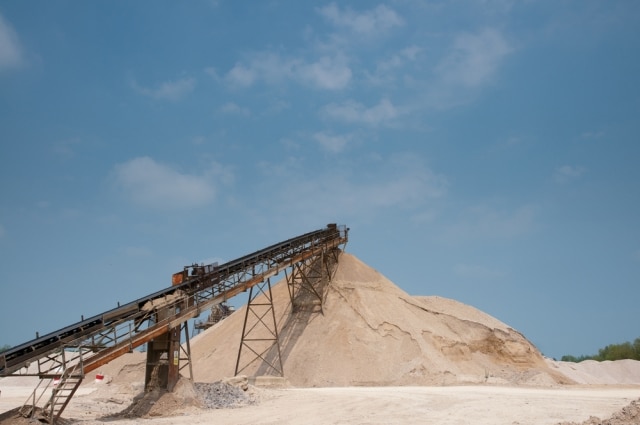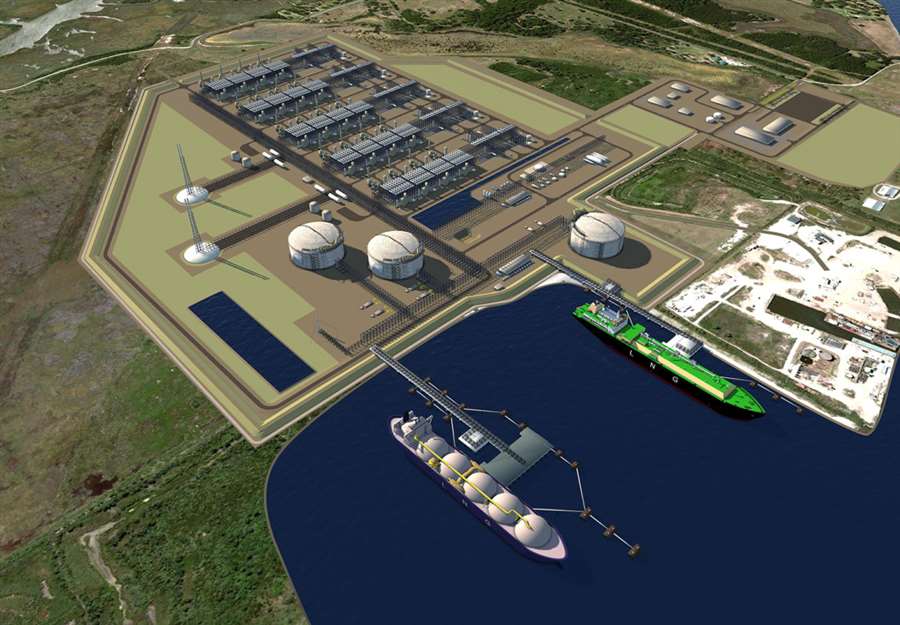On Nov. 19, The Los Angeles Times’ Neela Banerjee, writing from Chippewa County, WI, explained what we covered here in June in our “Sand Land” investigation.
The skinny: mining for frac sand creates a whole slew of problems and must be taken into consideration in the “cradle to grave” equation when quantifying the ecological hazards associated with hydraulic fracturing (“fracking”) for unconventional oil and gas.
“In time, 800 acres of farmland will be mined to feed an energy boom sweeping the United States,” explained Banerjee.
The crystalline silica sand currently being mined from this farm land is blasted into hard rock shale basins during the horizontal drilling process popularly referred to as fracking. This particular fine-grained, circular sand is the perfect shape to break open up pours for shale oil and gas to flow out from under the ground.
“Ground zero for industrial sand mining is western Wisconsin, in counties like Trempealeau, Buffalo and Chippewa,” wrote Banerjee, echoing our findings here on DeSmog. “At least 60 industrial sand mines are functioning or in the permit process in the area, up from five in 2010…[A] fracked well could use anywhere from 2 million to 5 million pounds of sand.”
The airborne dust eminating from mining for frac sand, a study published by the Occupational Safety and Health Administration (OSHA) recently demonstrated, can lead to silicosis for miners working on site. Comparatively speaking, “little is known about its effect on people who live near mine sites,” Banerjee explained.
University of Wisconsin-Eau Claire’s Crispin Pierce, a toxicologist and head of the environmental public health, believes a comparison between smoking cigarettes and exposure to secondhand smoke is an apt one to make here.
“These are dangerous substances, but what are the levels you’re exposed to if you live near a sand mine or near a rail line where trains filled with sand pass five times a day?” he rhetorically asked The Times.
A “Hopeless” Future?
Community members aren’t happy with the ever-expanding “land grab” unfolding and some have chosen to speak out.
“People here say this is an issue of property rights, that they can do what they want with their land,” Ken Schmitt, a cattle farmer and anti-mining activist told The Times. “But individual rights end when you start affecting others’ health and welfare.”
Others are completely distraught and feel all hope is lost.
“Fighting this just seems so hopeless,” said an anoymous cranberry farmer. “The companies just have so much money. They can just buy everybody. It seems like nothing can stop them. There’s got to be better ways than this.”
From the frac sand mines; to shale gas basins around the worldunmonitored and unregulated pipelines that take that fracked gas and ship it to market; and lastly, to LNG export terminalsfrom cradle to grave.
Photo Credit: stocker1970 | ShutterStock
Subscribe to our newsletter
Stay up to date with DeSmog news and alerts







